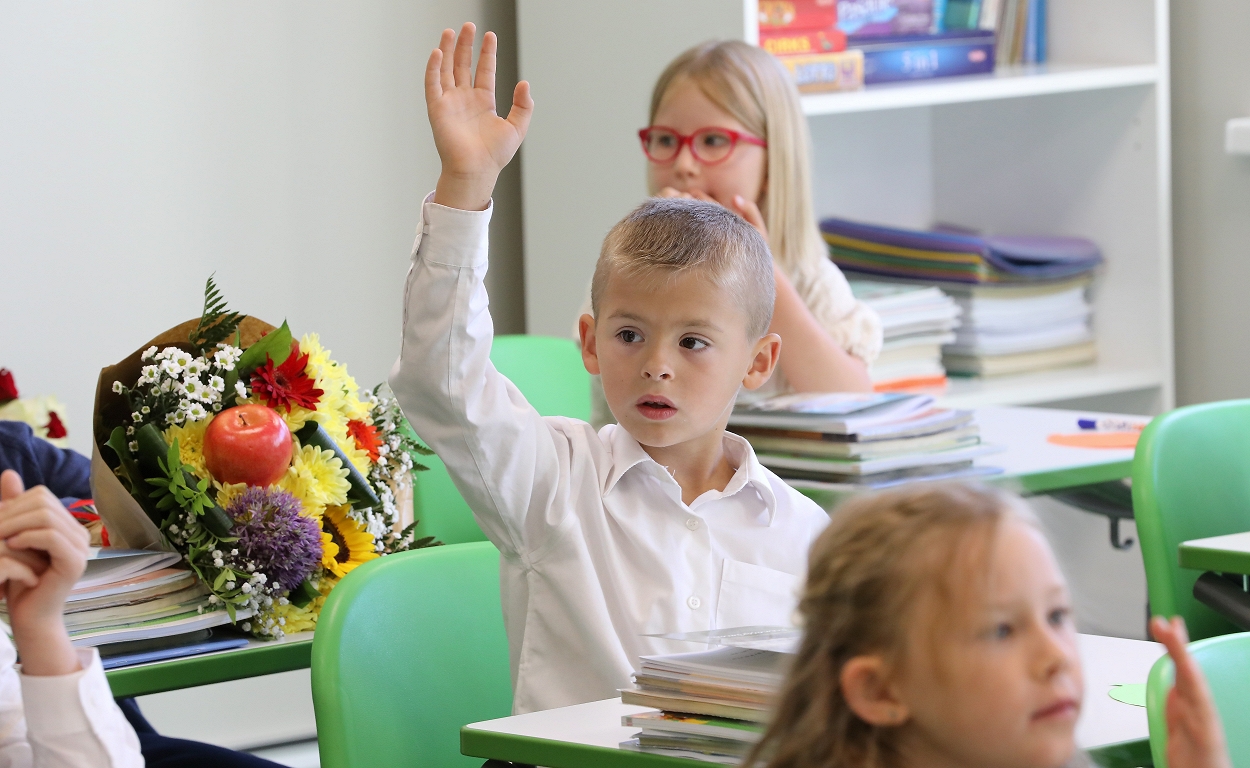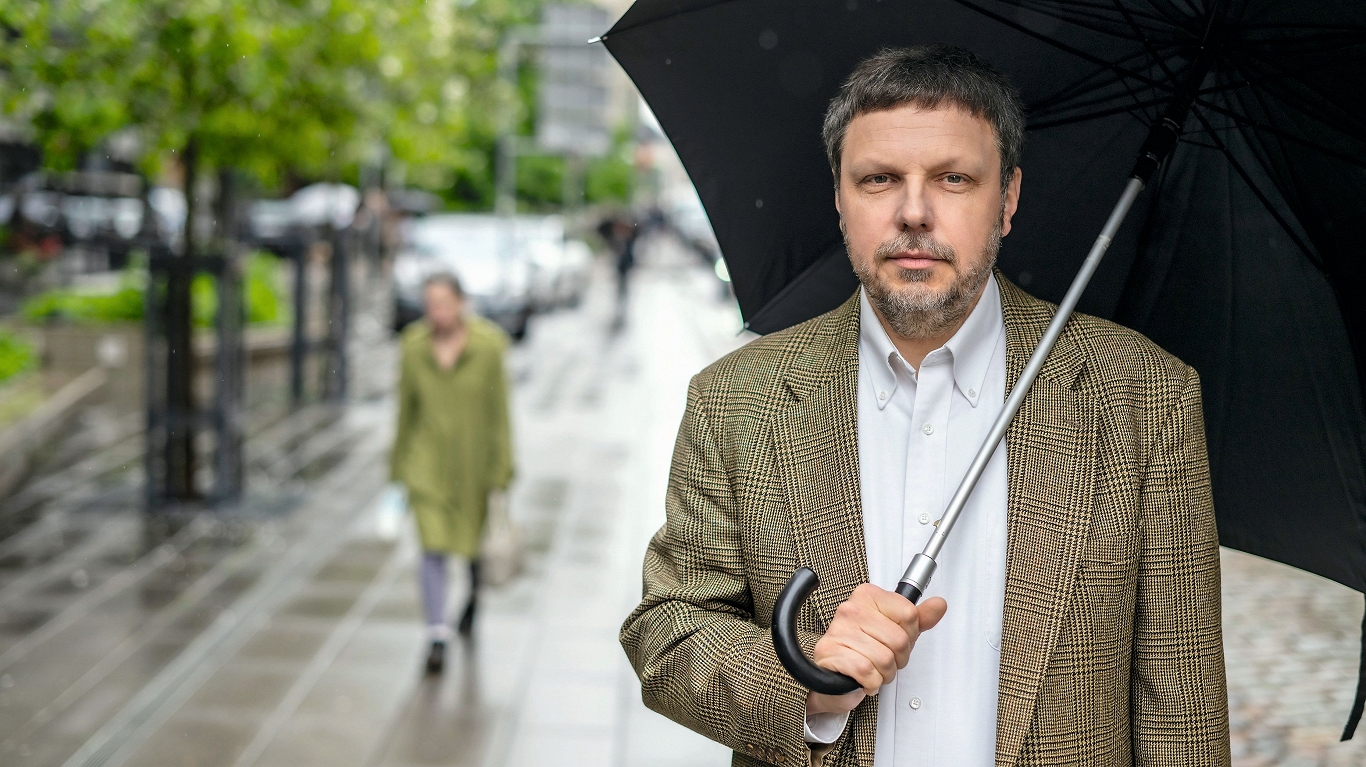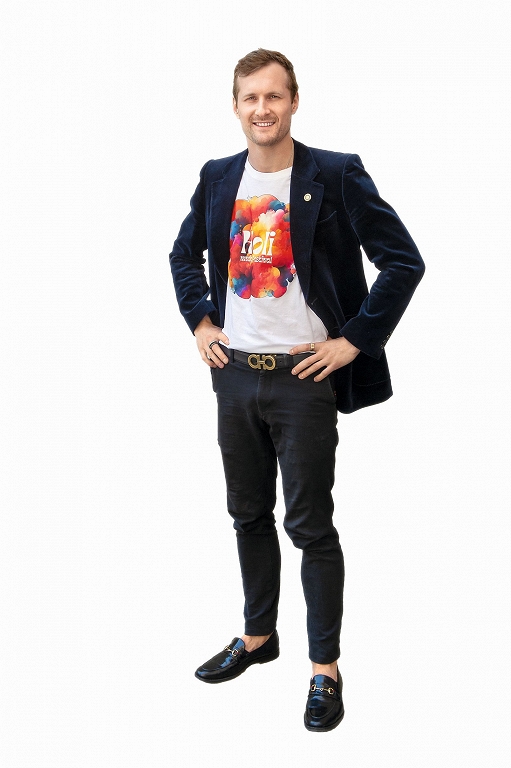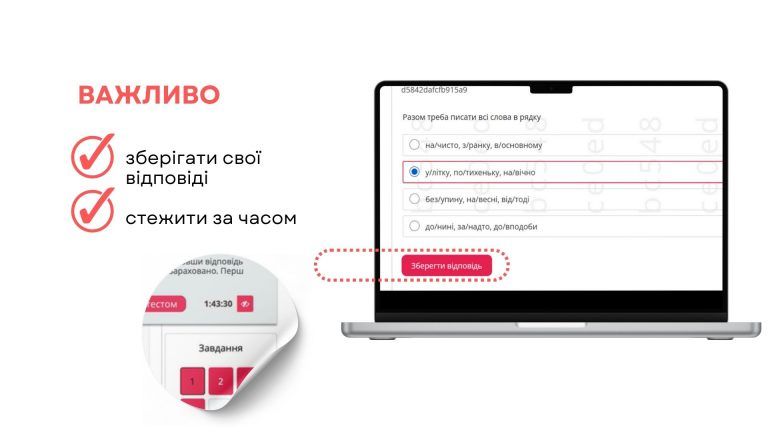In six years in Latvian schools, the number / day of freshmen will decrease by one third

The MoES has set up a model for an optimal school network that shows which municipalities, taking into account demographics and the number of schools, would be able to open another large high school.
The model analyzes the data of the Central Statistical Bureau on the population, the age structure in municipalities, the number of teachers and the age structures, as well as the existing school network. It is assumed that a large high school should have at least 90 freshmen in the future.
Analyzing information on the birth rate in municipalities, the latest available data for 2023 were used. Along with the MES, the MoES stated that the number of children born in 2024 in the country is 13% lower.
The Ministry of Education and Science shows that from 2030 Latvia should have about 160 large high schools and gymnasiums, 48 of which would be in Riga.
Future demographic trends and children's optimal school network are 12 municipalities out of 43 – Marupe, Adazi, Salaspils, Smiltene, Gulbene, Kuldiga, Saldus, Valka, Kekava, Ropazi and Valka and Jelgava, evaluates the MoES. Some of them are even insufficient at the current and future number of children in the current and future, according to the MoES.
Meanwhile, Riga currently has 28 schools more than the MES forecasts about the optimal number of schools in the future. This is explained by the large number of small private schools and residents from the rest of Latvia, especially from Pieriga, to Riga Secondary Schools.
In Latgale, on the other hand, all municipalities have the number of schools that are not future demographic to maintain a medium -scale high school in the future, the MoES evaluated.
In Latvia, 38% of teachers in general education currently have pensions or pre -retirement age, according to information provided by the MoES. At the same time, there is a great variation among municipalities. The newer teachers are in Pieriga, where Salaspils, Marupe and Kekava municipalities have less than 30% of teachers over 55 years of age. In contrast, in Aluksne and Kraslava districts it exceeds 50% of the total number of teachers.
« Demography as politics and tools for improving it is not direct under the influence of schools or teachers, so the salaries of teachers should not be based on indicators where they have no say, » said Janis Paiders, Deputy State Secretary of the Ministry of Education and Science.
He added that not only the remuneration but also the quality of education, which is reflected in the different results of centralized exams in different municipalities.
For example, pupils whose top -level mathematics exam has exceeded 80%has highly concentrated in Riga, according to data from the 12th grade centralized exams compiled by the Ministry of Education and Science. 38% of high school students from all over Latvia were taken at the highest or optimal level at the highest or optimal level in Riga Secondary Schools and Gymnasiums. More than half or 54% are made up of Riga State 1, 2 and 3rd Gymnasium, Agenskalns State Gymnasium and Riga Technical University Engineering Secondary School students. 18% of high school students studied in other Riga educational institutions and another 3% in other schools in Riga Planning Region. Not only children living in the capital, but also young people from nearby surroundings are studying at Riga Gymnasiums.
Only 25% of the highest level of mathematics were obtained outside Riga. According to Paider, it points to « significant inequalities » between schools in Latvia and « systematic problems » in the Latvian education system.
« Talent development opportunities and quality education are currently available where there is a larger population. It is only logical that parents want good education for their children and thus more future opportunities, so internal migration takes place, » Paider said.
Also in other centralized exams, especially in areas where experts need acute in Latvia, statistics do not reveal a more attractive picture. For example, in only 16 municipalities, at least ten students took a centralized exam in physics at the highest level. With the exception of Valmiera and Cesis district schools, overall the results were mediocre, even poorly 30-50%.
In only 14 municipalities, at least ten students passed the centralized exam in chemistry at the highest level, in seven municipalities – none. The best success in chemistry was in Ventspils, Dobele and Jekabpils districts.
In the 12th grade centralized exam in English, the highest results are concentrated in Vidzeme, Zemgale, Kurzeme, Riga and Pieriga, while the results of Latgale in the average were more often below 50% or 50-55%.
« The school is an essential local » stop « , while the school is responsible for providing the same quality education and, consequently, the same opportunity for every Latvian child and young person, » Paider said. He pointed out that the school network should be one that municipalities can afford and corresponding to demographic trends.
At the same time, the existing teacher remuneration model « Money follows the pupil », in the assessment of the MoES, will not be able to provide a fair and appropriate fee, as well as the existing placement of schools in Latvia will face demographic challenges.
Instead, the MoES offers the introduction of the new school funding model « School Program ». Although the reform is planned to be implemented with autumn, it is not yet known whether it will be found in the state budget and whether it will be implemented in full. Clarity was promised until early March.








